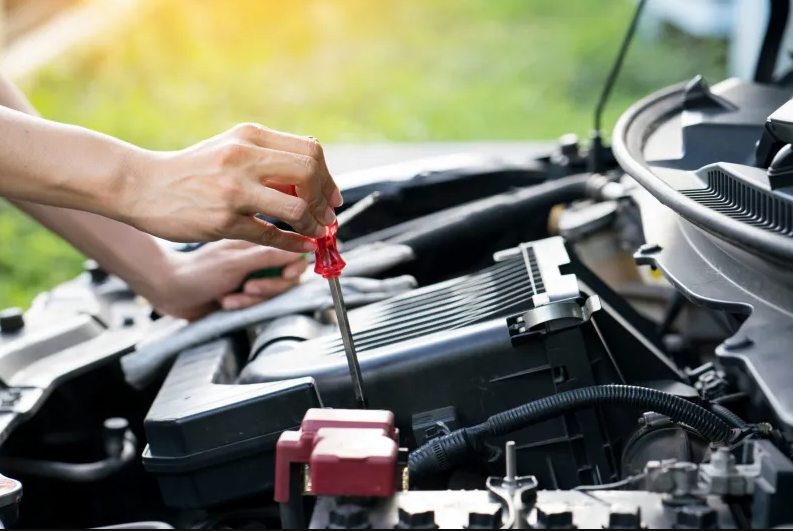Introduction:
Motor replacements are an important part of vehicle maintenance. When a motor fails, it can be costly to repair, and in many cases, it’s more cost-effective to replace it. In this article, we’ll discuss the importance of motor replacements, the signs that your motor needs replacing, and the steps to take to ensure that your replacement motor is installed correctly and maintained properly.
Why Are Motor Replacements Important?
The motor is the heart of your vehicle’s powertrain. It’s responsible for converting fuel into mechanical energy, which propels your vehicle down the road. When your motor fails, your vehicle won’t be able to function, and you could be left stranded on the side of the road. Motor replacements are important because they ensure that your vehicle’s powertrain is functioning properly, and that you’re able to get where you need to go safely.
Signs That Your Motor Needs Replacing:
There are a few signs that your motor may need replacing. Some of these signs include:
Excessive smoke coming from the exhaust pipe
Loud knocking or ticking sounds coming from the engine
Poor fuel economy
Lack of power or acceleration
Engine overheating
Oil leaks
If you’re experiencing any of these symptoms, it’s important to have your vehicle inspected by a qualified mechanic. They’ll be able to determine whether your motor needs replacing or if it can be repaired.
Steps to Take When Replacing Your Motor:
If your motor needs replacing, there are a few steps you’ll need to take to ensure that the process goes smoothly.
Determine the type of motor you need: Before you begin the replacement process, you’ll need to determine the type of motor you need. This will depend on the make and model of your vehicle.
Purchase a replacement motor: Once you’ve determined the type of motor you need, you’ll need to purchase a replacement motor. You can either purchase a new motor or a used motor, depending on your budget.
Remove the old motor: The next step is to remove the old motor from your vehicle. This can be a complex process, and it’s important to follow the manufacturer’s instructions carefully.
Install the new motor: Once the old motor has been removed, it’s time to install the new motor. Again, it’s important to follow the manufacturer’s instructions carefully to ensure that the installation is done correctly.
Test the new motor: After the new motor has been installed, it’s important to test it to ensure that it’s functioning properly. This will involve running the vehicle and checking for any issues or problems.
Maintaining Your Replacement Motor:
Once your replacement motor has been installed, it’s important to maintain it properly to ensure that it lasts as long as possible. Here are a few tips for maintaining your replacement motor:
Follow the manufacturer’s recommended maintenance schedule: The manufacturer’s recommended maintenance schedule will outline the steps you need to take to keep your motor running smoothly. This may include oil changes, tune-ups, and other maintenance tasks.
Monitor your vehicle’s performance: Keep an eye on your vehicle’s performance to ensure that your replacement motor is functioning properly. If you notice any issues or problems, have your vehicle inspected by a qualified mechanic.
Avoid aggressive driving: Aggressive driving can put unnecessary strain on your vehicle’s powertrain, including your replacement motor. Try to drive calmly and avoid harsh acceleration or braking.
Keep your vehicle clean: Keeping your vehicle clean can help prevent rust and other types of damage to your replacement motor. Be sure to wash your vehicle regularly and keep it free of dirt and debris.
Conclusion:
Motor replacements are an important part of
